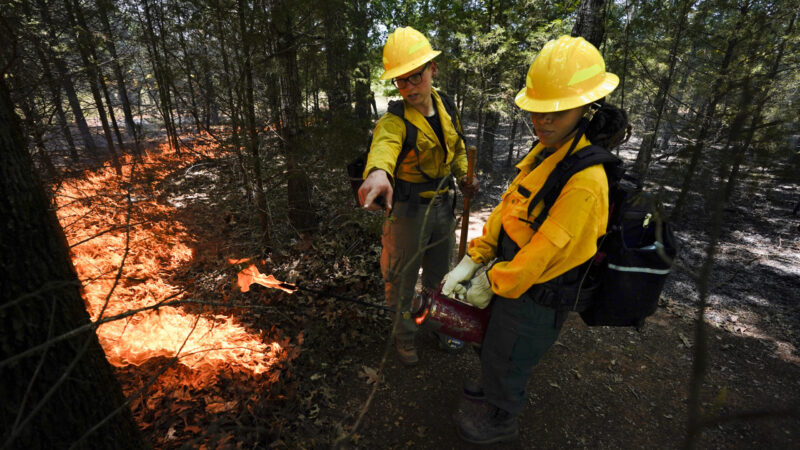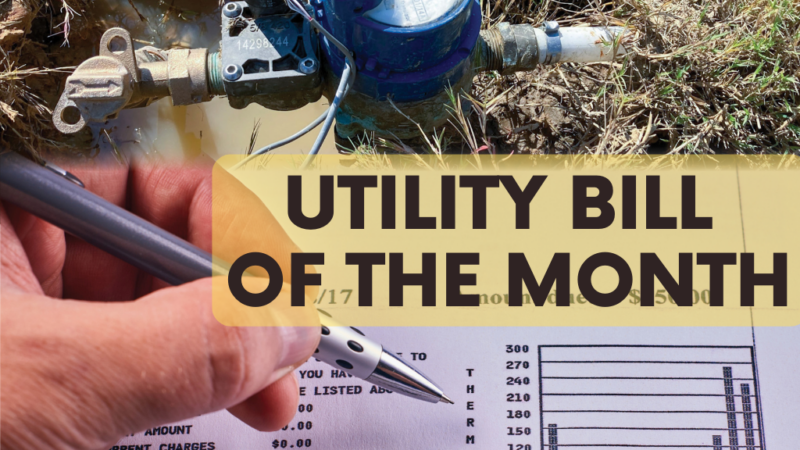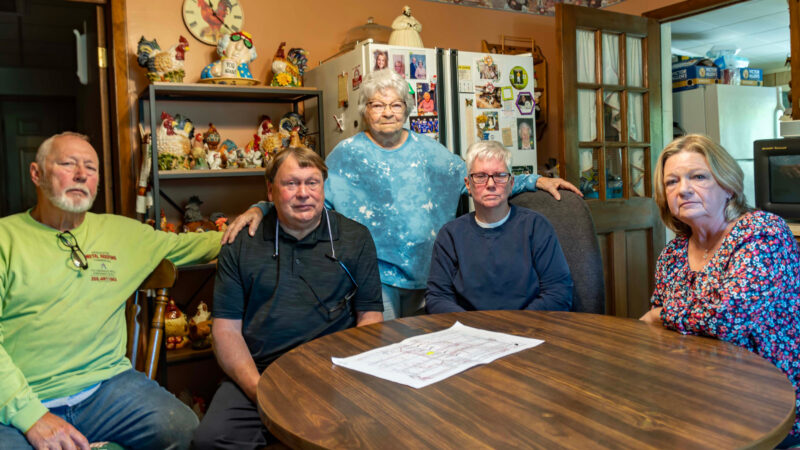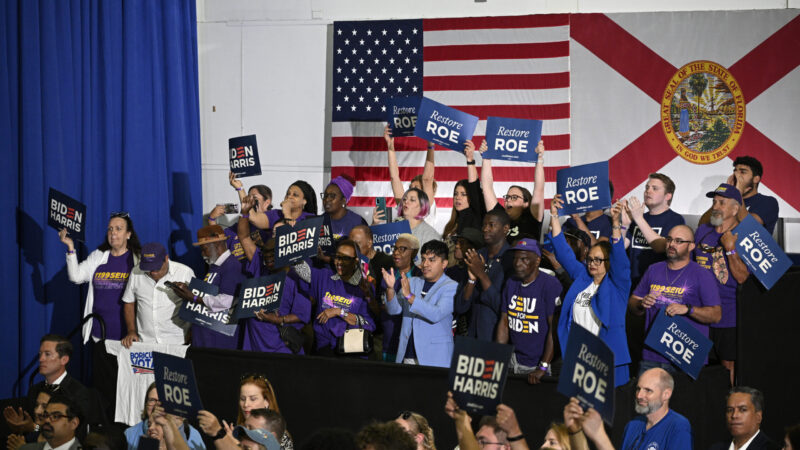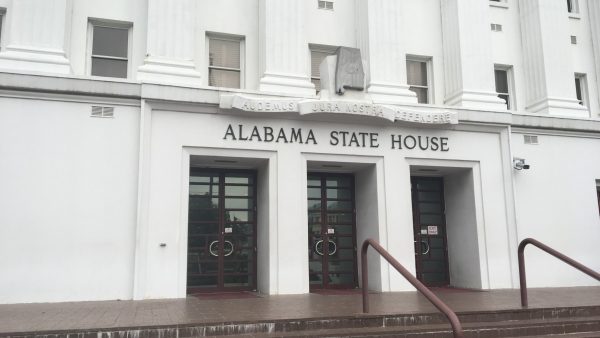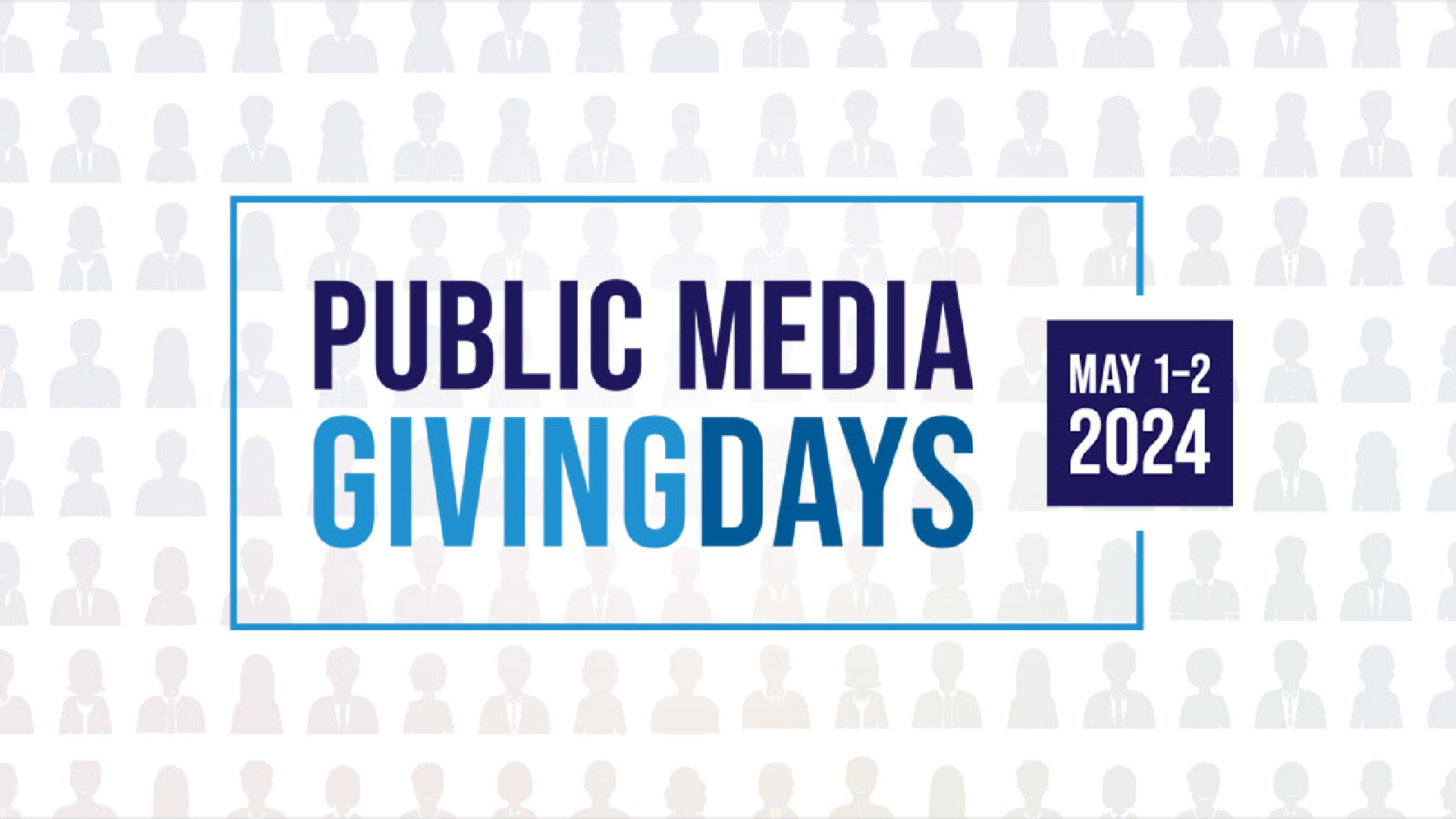US Forest Service and historically Black colleges unite to boost diversity in wildland firefighting
Instructor Ben McLane, left, helps teach Kerstin Joseph, right, as they start a prescribed fire during a wildland firefighter training Friday, June 9, 2023, in Hazel Green, Ala. A partnership between the U.S. Forest Service and four historically Black colleges and universities is opening the eyes of students of color who had never pictured themselves as fighting forest fires. (AP Photo/George Walker IV)
By TERRY TANG and GEORGE WALKER IV Associated Press
HAZEL GREEN, Ala. (AP) — Before starting college, Taylor Mohead had never been outside her hometown of Houston, Texas. Now, the recent Tuskegee University graduate is trekking around trees in Hazel Green, Alabama, in fire gear and sweltering heat.
The U.S. Forest Service intern is among 20 students from historically Black colleges or universities who are participating in a prescribed burn demonstration under instructors’ supervision. They clear paths, light fires and make sure the embers are out when they’re done. It’s part of an apprenticeship program that will give them the credentials to hit the ground running toward a fire line.
It’s a grueling way to spend summer break, but Mohead is relishing it. She never pictured herself fighting forest fires.
“Look at me. I’m really small. I’m really short. And then being a woman of color, that’s something, too. I feel like that’s more inspiring,” Mohead said, grinning. “I got goosebumps right now.”
The on-site fire academy is part of the 1890 Land Grant Institution Wildland Fire Consortium, a partnership between the U.S. Forest Service and a cluster of HBCUs comprised of Florida A&M University, Southern University in Louisiana, Tuskegee University and Alabama A&M University.
The recruitment effort comes as wildfire season around the U.S. grows due to climate change and minorities remain underrepresented in forestry and firefighting. The number of wildfires this year is below the 10-year average, but hot and dry conditions are raising the risk, according to the National Interagency Fire Center.


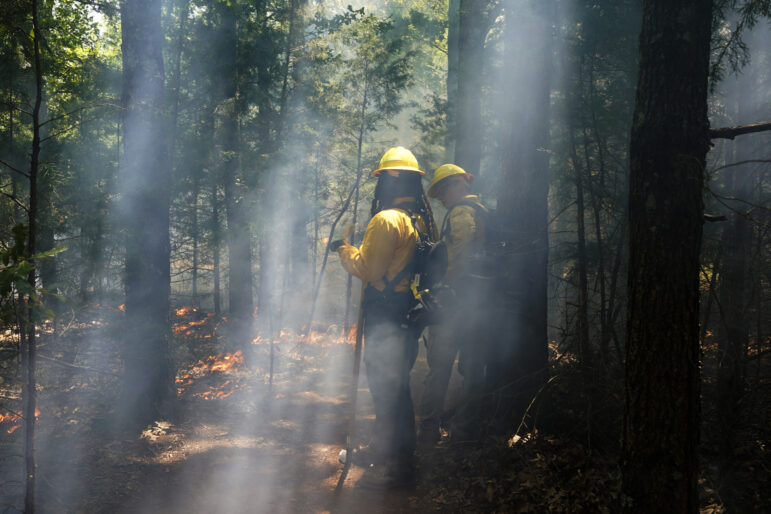
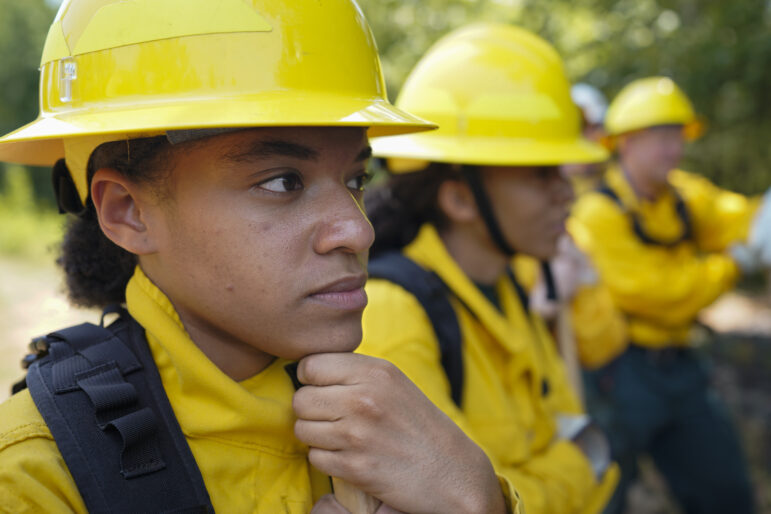
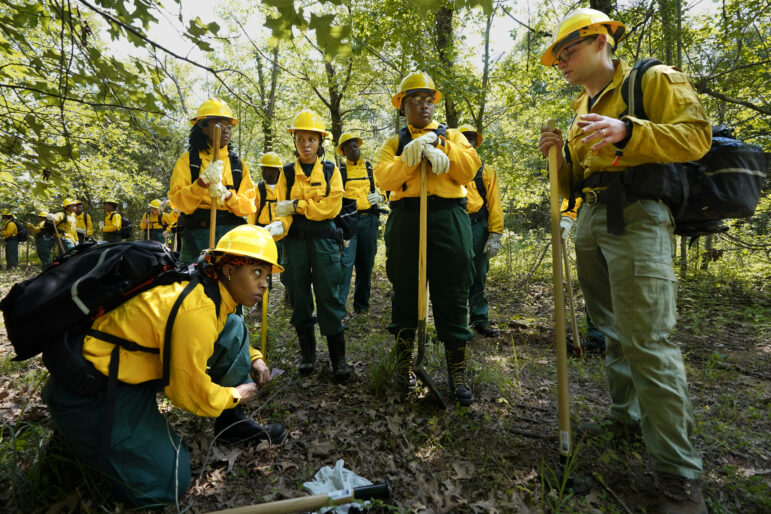


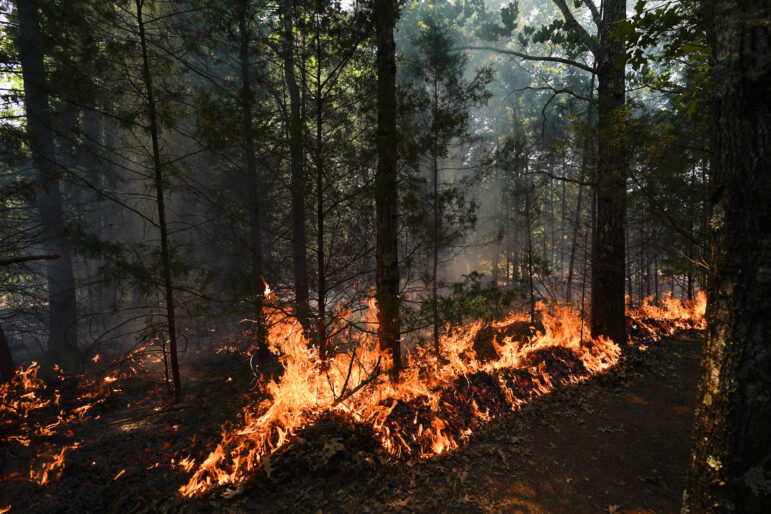
The idea for a consortium came during the pandemic to address a “mission critical area of the Forest Service,” said Stephanie Love, the USDA Forest Service’s national diversity student programs manager and an Alabama A&M alum. The initiative became official in 2021.
“These four HBCUs have some of the top agricultural programs at HBCUs in the nation. So, it just makes sense to align our efforts and move together in the same direction,” Love said. “We’re trying to create a pipeline of students who are pursuing this natural resources education and forestry and fire.”
The hope is every student comes away with a foundation to chart one of many possible paths in forestry, ecology, agriculture or firefighting.
The consortium is building on top of a decadeslong relationship between Alabama A&M and the Forest Service. A USDA Forest Service Center of Excellence in Forestry was created at the school in 1993 to prepare students for jobs with the agency.
The Bulldogs established a nationally accredited firefighting team in 2009 made of students, called the FireDawgs. When class isn’t in session, the FireDawgs are dispatched to wildfires or burn operations around the country.
The development programs that have come out of the Alabama-Forest Service collaboration are responsible for training two-thirds of Black foresters in the federal agency, said Love, who was in the first FireDawgs squad.
Diversity among the Forest Service’s wildland firefighters has increased by 20% in the last decade, according to data collected by the agency. It has approximately 13,000 employees including firefighters and other staff who respond to wildfires. Between July 2010 and July 2022, white staffers fell from 86% to 66%.
Black fire personnel have remained mostly around 1.3%. Black women make up around half a percent. The number of Hispanic staff has grown by 10%. Native Americans/Alaska Natives and Asians linger around 3% and 1%, respectively. Native Hawaiians and Pacific Islanders make up less than 1%.
The dearth of applicants of color may partly be due to a lack of awareness. They are not often encouraged to consider firefighting by guidance counselors or recruiters, said Terry Baker, CEO of the Society of American Foresters and its first Black leader. There also is a misconception that working outdoors isn’t highly technical or doesn’t require skill, he said.
Once students decide to study forestry or related fields, retaining them becomes the next challenge. Love said the Forest Service and HBCUs ensure there are mentorships, scholarships and internships.
Bradley Massey, an Alabama A&M junior and president of the school’s forestry club, said the school sparked a passion he was missing. Massey said he was a student at Auburn University when he lost focus, working in retail back home in Huntsville before enrolling in Alabama A&M in 2021.
“As the school year progressed, that’s when more information about the FireDawgs presented itself,” Massey said in between running around in fire gear. “I wanted to just have experience and be able to make the most out of my college experience because I wasn’t just going back for fun. I was going back for a purpose.”
He has since accomplished feats like passing several firefighter work capacity tests including walking 3 miles (5 kilometers) in under 45 minutes while carrying a 45-pound (20-kilogram) pack. In October, he traveled to a conference in Boise, Idaho, where he went on field trips and talked with fire professionals and students from around the nation.
“I didn’t want to leave,” Massey said. “It was like going into Comic-Con and seeing all the cool stuff and just wanting to take many pictures … I feel like it has helped me a lot in my career now.”
Baker, of the Society of American Foresters, said the need for more firefighters will only increase as wildfires intensify with worsening climate change and droughts.
“If we’re going to meet these challenges, we’re going to have to have everyone,” Baker said. “What does that mean to a profession that has been primarily white male?”
Black firefighters can feel intimidated and isolated in the field when they parachute into fires in predominately white communities or don’t have other crew members of color around them, Baker said. He recalled fire scenes where “people became comfortable enough to openly say I was the first Black person they’ve ever met in real life that they didn’t see on TV.”
The current crop of students says it has been reassuring to meet HBCU alumni who have gone on to become fire or forestry professionals, noting there is something special about being in the field surrounded by classmates turned crew who look like them.
“It makes you more willing to go out there,” Mohead said. “If you hit a road stop or obstacle, you have someone on your left who’s probably been through it.”
A New Orleans garden paid hundreds of dollars in fees for a sewer that doesn’t exist
Galvez Garden owner Lissie Stewart has been fighting the New Orleans Sewerage and Water Board over inaccurate billing for years.
Alabama coal mine keeps digging after hundreds of fines and a fatal explosion
Following the death of a grandfather, Crimson Oak Grove Resources has left a community afraid for their homes and lives. An expert warns one resident may need to evacuate her home while she still can.
Florida’s 6-week abortion ban will have a ‘snowball effect’ on residents across the South
Abortion rights advocates say the ban will likely force many to travel farther for abortion care and endure pregnancy and childbirth against their will.
Attitudes among Alabama lawmakers softening on Medicaid expansion
Alabama is one of ten states which has not expanded Medicaid. Republican leaders have pushed back against the idea for years.
Birmingham is 3rd worst in the Southeast for ozone pollution, new report says
The American Lung Association's "State of the Air" report shows some metro areas in the Gulf States continue to have poor air quality.
Why haven’t Kansas and Alabama — among other holdouts — expanded access to Medicaid?
Only 10 states have not joined the federal program that expands Medicaid to people who are still in the "coverage gap" for health care
